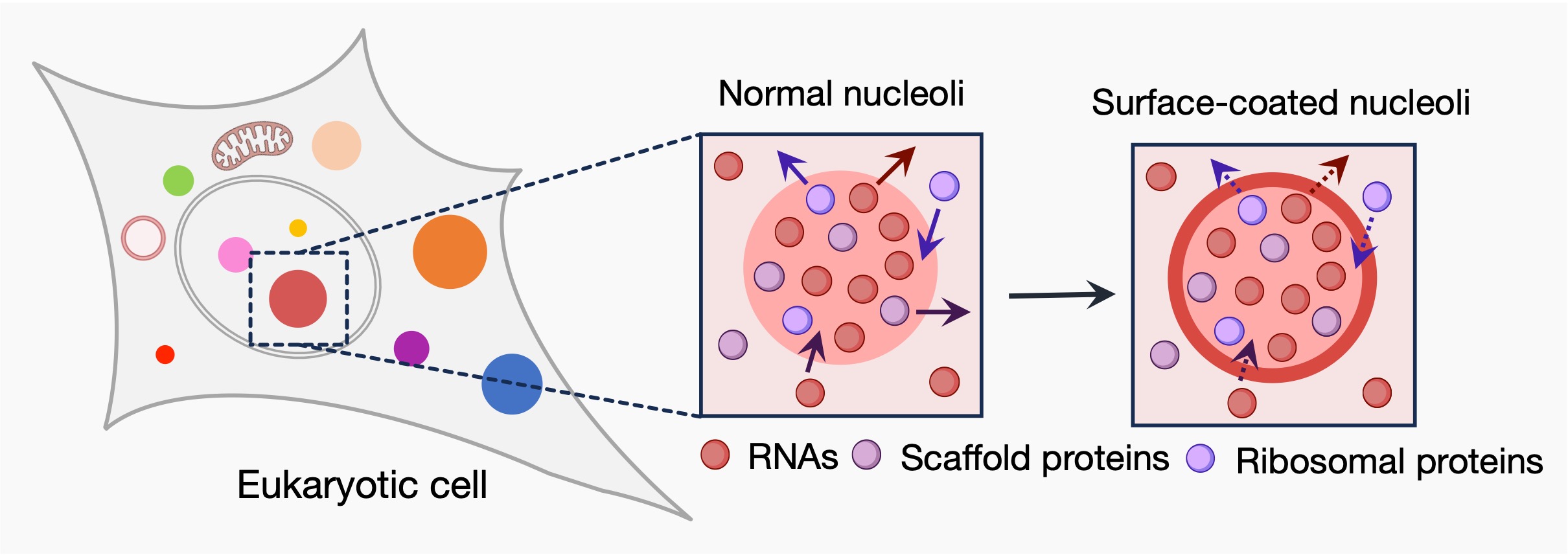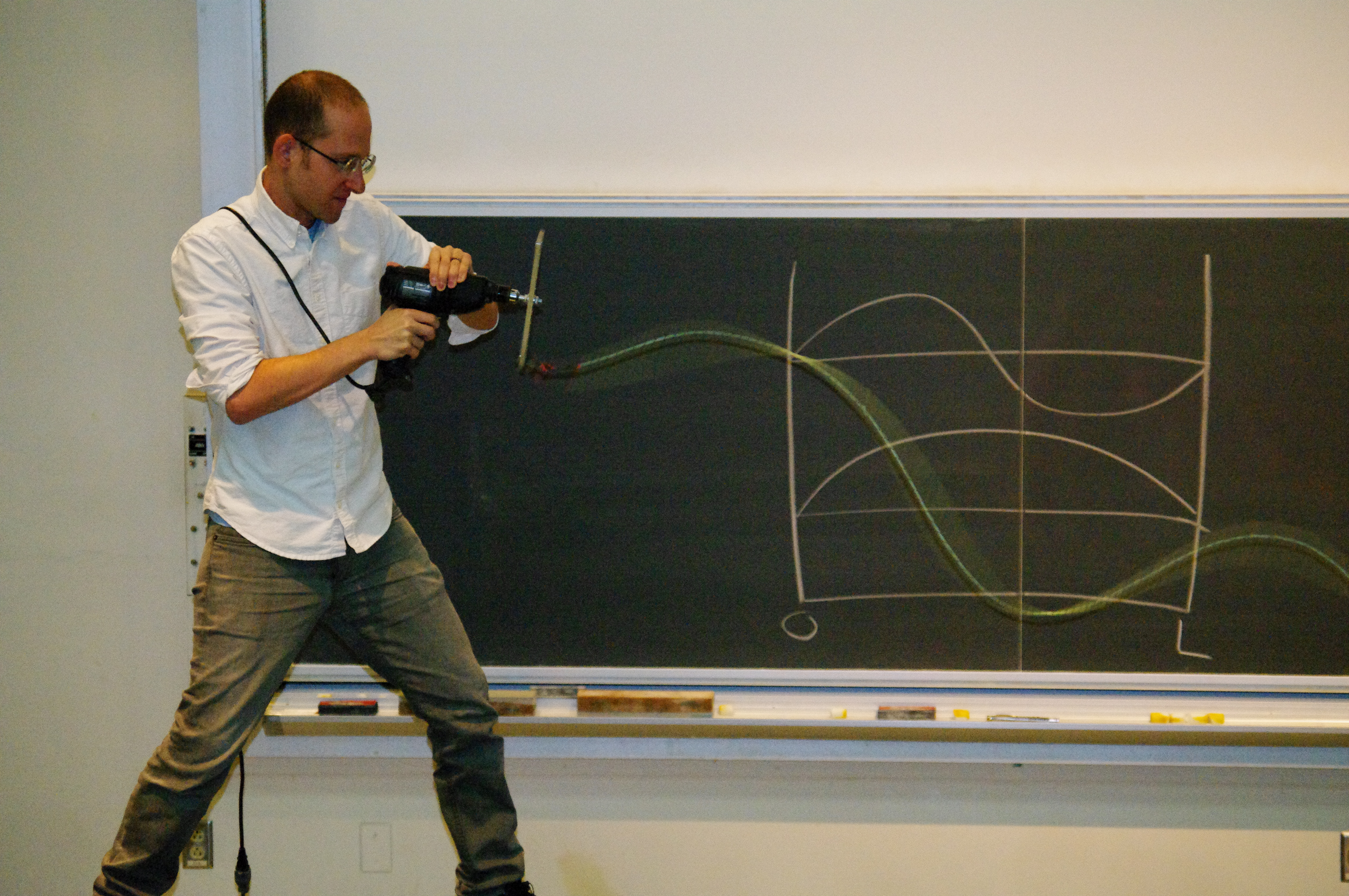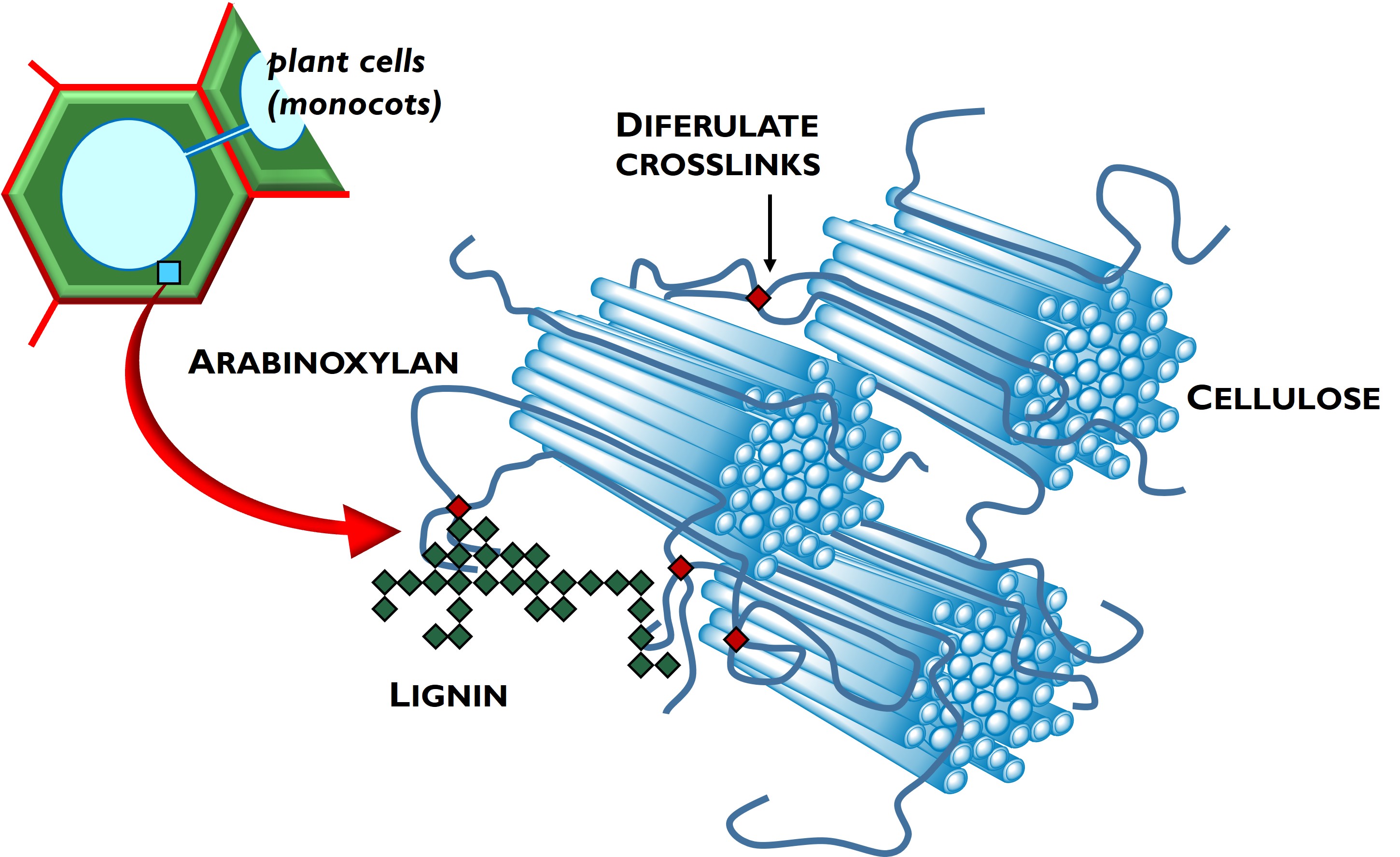Synthetic Biomolecular Condensates at Soft Living Interfaces
Abstract: The living cell is an intricate and synchronized organization with compartmentalization across diverse length scales. While intracellular compartments such as the lysosome and mitochondria are bound by membranes, cells also contain organelles, not confined by membranes, known as “biomolecular condensates”. Recent studies showed that many biomolecular condensates are viscoelastic materials formed from the phase separation of proteins and nucleic acids. The abrupt changes in composition and material properties of these condensates impair their biological function and are often associated with cancer, ribosomopathies, and aging disorders. Therefore, synthetic systems are required to create model biomolecular condensates in living systems. These systems aim to elucidate the biophysical principles of intracellular organization and diseases. In the first part of my talk, I will discuss our work on using protein oligomerization and sequence interactions in vivo to create multiphasic biomolecular condensates that mimic native condensate assemblies. We show that specific molecular and nanoscopic design principles can be exploited to design optogenetic fusion proteins that exhibit targeted condensation with high spatiotemporal resolution. Later in this talk, I will describe our work on synthetic polymers to form condensates that mimic the function of underwater adhesive proteins secreted by marine organisms such as mussels and sandcastle worms. In summary, the bioinspired design of macromolecules that form model biomolecular condensates represents new frontiers to ask fundamental questions on the behavior of mesoscopic biological assemblies in living cells and to inspire the design of novel functional materials.



 Methanogens are a diverse group of archaea with ancient evolutionary origins. They are found in a wide range of anoxic environments where they carry out a form of anaerobic respiration known as methanogenesis. This process reduces simple oxidized carbon compounds to generate methane as an end product. Another group of archaea related to methanogens carry out the anaerobic oxidation of methane (AOM) and are known as anaerobic methanotrophs (ANME). Methanogens and ANME are both key components in the global carbon cycle and play a central role in controlling atmospheric methane concentrations. Consistent with their anaerobic lifestyles and ancient evolutionary origins, methanogens and ANME contain an abundance of Fe-S cluster proteins. Radical S-adenosylmethionine (SAM) enzymes are [4Fe-4S]-cluster containing enzymes that catalyze a wide variety of difficult biochemical reactions through the generation of a highly reactive 5’-deoxyadenosyl radical. Here, we discuss our recent progress towards uncovering the functions of novel radical SAM enzymes in methanogens and ANME. We identified the missing glutamate 2,3-aminomutase important for salt tolerance in marine organisms as well as characterized the first archaeal methylthiotransferase involved in tRNA modification.
Methanogens are a diverse group of archaea with ancient evolutionary origins. They are found in a wide range of anoxic environments where they carry out a form of anaerobic respiration known as methanogenesis. This process reduces simple oxidized carbon compounds to generate methane as an end product. Another group of archaea related to methanogens carry out the anaerobic oxidation of methane (AOM) and are known as anaerobic methanotrophs (ANME). Methanogens and ANME are both key components in the global carbon cycle and play a central role in controlling atmospheric methane concentrations. Consistent with their anaerobic lifestyles and ancient evolutionary origins, methanogens and ANME contain an abundance of Fe-S cluster proteins. Radical S-adenosylmethionine (SAM) enzymes are [4Fe-4S]-cluster containing enzymes that catalyze a wide variety of difficult biochemical reactions through the generation of a highly reactive 5’-deoxyadenosyl radical. Here, we discuss our recent progress towards uncovering the functions of novel radical SAM enzymes in methanogens and ANME. We identified the missing glutamate 2,3-aminomutase important for salt tolerance in marine organisms as well as characterized the first archaeal methylthiotransferase involved in tRNA modification. 
 The core areas of Dr. Schendel’s research program at the University of Kentucky are plant cell wall characterization (especially detailed structural analysis of cell wall carbohydrates) and analysis and application of phenolics and other secondary plant metabolites. Strategic collaborations have allowed us to explore applied questions such as ruminant microbe fermentation of cell wall carbohydrates. This seminar will share results from several projects, including our in-depth characterizations of the cell walls of cool-season forages and hempseeds and exploration of their seasonal and species/cultivar variation.
The core areas of Dr. Schendel’s research program at the University of Kentucky are plant cell wall characterization (especially detailed structural analysis of cell wall carbohydrates) and analysis and application of phenolics and other secondary plant metabolites. Strategic collaborations have allowed us to explore applied questions such as ruminant microbe fermentation of cell wall carbohydrates. This seminar will share results from several projects, including our in-depth characterizations of the cell walls of cool-season forages and hempseeds and exploration of their seasonal and species/cultivar variation.